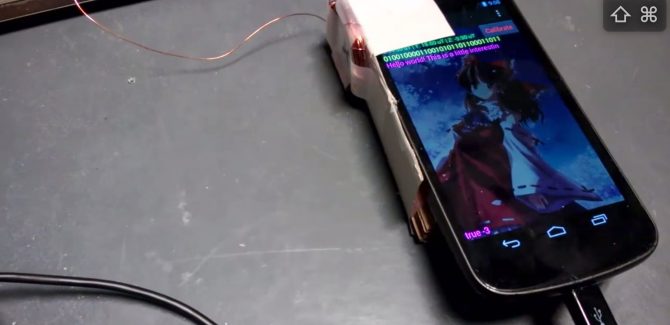Researchers at the University of Oulu in Finland have been successful in transmitting data using the magnetometer that is usually found in various smartphones. The device they used to perform this experiment was the Nexus 4 from Google. The experiment is still a work in progress but holds tremendous potential if it can be developed into a fully working protocol.
Lets take a look at some more useful details about this experiment:
1. As of now the data transfer rate that has been achieved by the team using the magnetic field to transfer data is a mere 40 bits per second. This is owing to the weak nature of the magnetic fields that emerge from the magnetometer in the smartphones.
2. The data transmission occurs by varying the magnetic field in the immediate surroundings on the device (Nexus 4) and the test device used as a part of this project.
3. The kind of data that can possibly be transmitted includes text, codes but is not limited to these, it can also transmit files.
4. Data transfer using magnetic fields is more secure as compared to NFC because this method of transferring data using the magnetic field has a very small range of 2cm as compared to the 20 cm range offered by NFC. Small distances mean you can expect a more secure form of payment info transmission at stores etc.

Apart from payments, there is another industry which might immensely benefit from this – the advertising industry. Just imagine posters and handouts could have very cheap low-intensity magnetic strips attached onto them and then you could use your smartphones to get the data from the advertisement material onto your phone.
Like we said, as of now this is just an experiment and it will take a long time before a fully usable protocol with full security measure can be developed for public use. Here is a video that shows the data transfer in the experiment from the test device onto the Nexus 4 device.

Post a comment